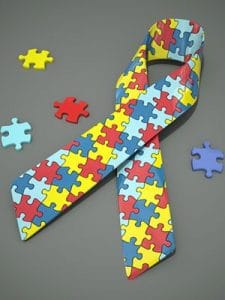Standardized autism spectrum disorder standards created

To date, no industry standards, selection and measuring tools for autism spectrum disorder (ASD) have existed. However, discussions regarding the creation of such standards began in spring 2020, and summer 2021 marked the rollout of the standard set.
Ivy Chong, Ph.D, BCBA-D, MBA, chaired the working group that developed the Autism Spectrum Disorder Standard Set (ASDSS). She noted that a diverse group of more than 30 experts from the United States, Europe, and Asia, including researchers, psychologists, behavioral analysts and others, participated in the discussions that led to a soft launch in May 2021.
According to Chong, ASD comprises a huge heterogenous population and impacts every individual differently. Access to treatment and views on...
Want to keep reading this article from New England Psychologist?
Login below or subscribe today to support independent journalism!
